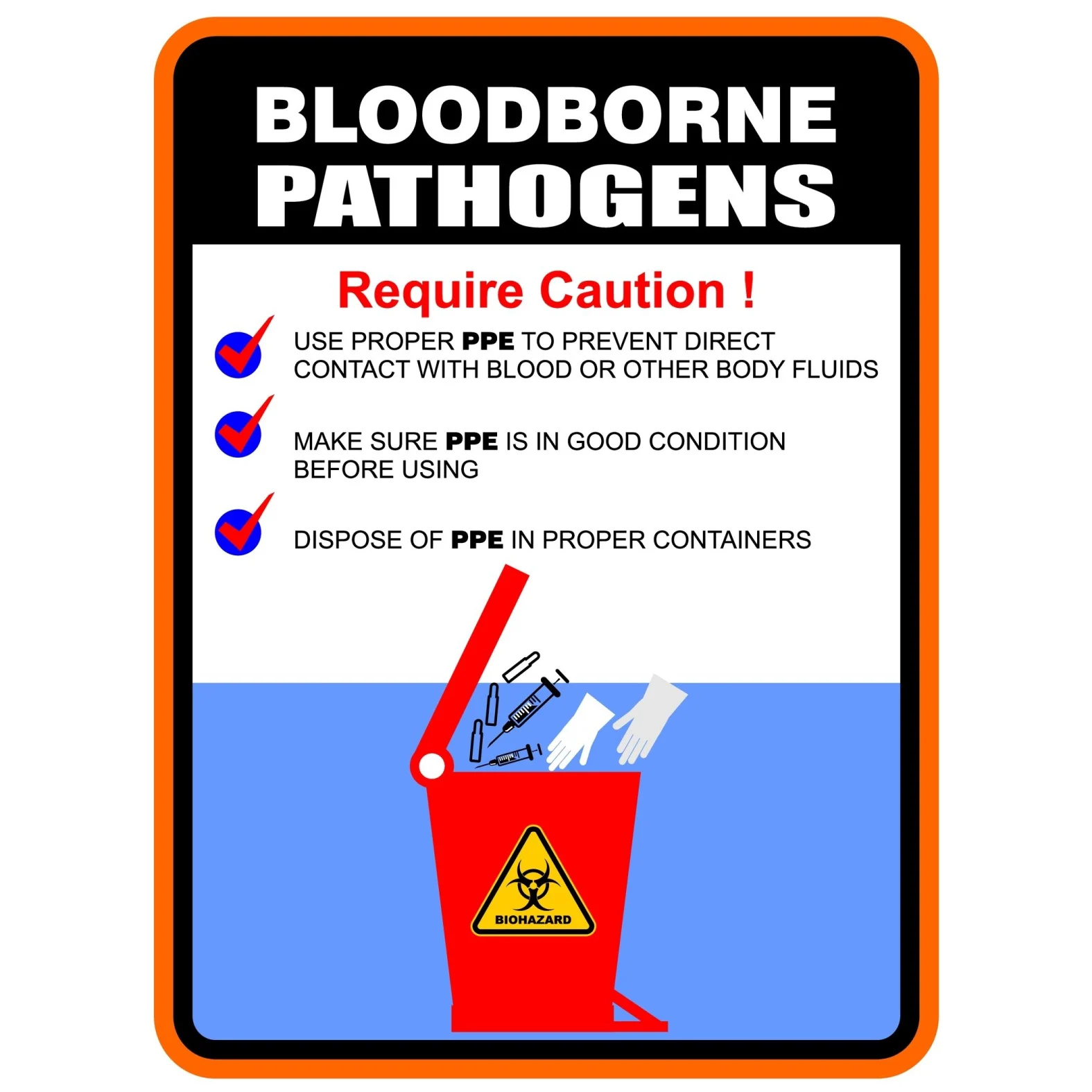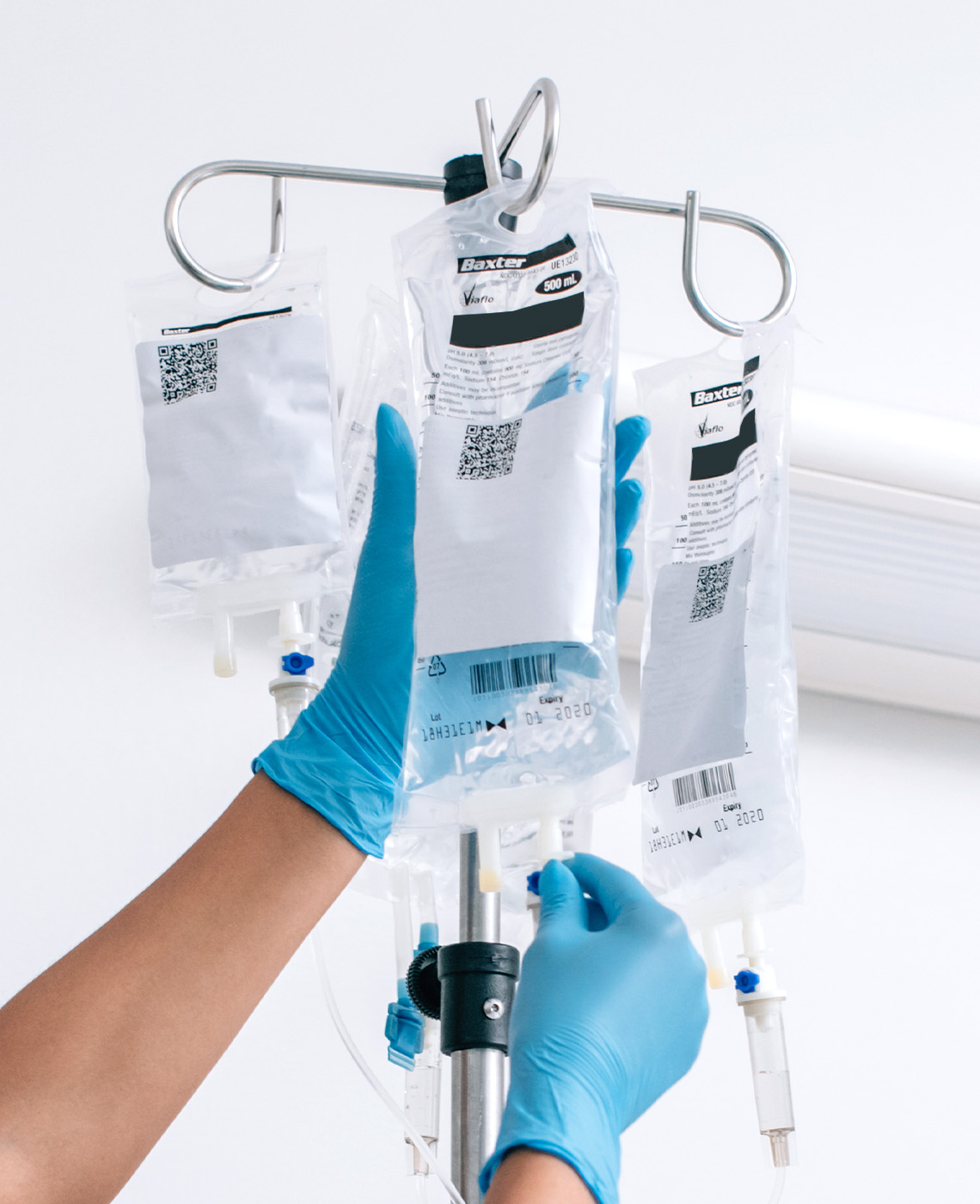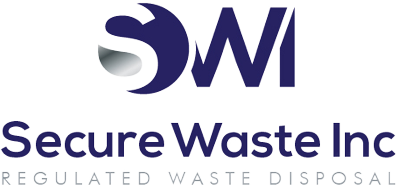What Are Bloodborne Pathogens? Secure Waste Provides The Answer With Expert Insights For 2025
Have you ever wondered what bloodborne pathogens are and how they impact healthcare environments? Bloodborne pathogens are infectious microorganisms in human blood that can cause human disease. Some of the most common examples include the human immunodeficiency virus (HIV), hepatitis B virus (HBV), and hepatitis C virus (HCV). Understanding these pathogens is crucial for anyone working in healthcare or related fields.
Suppose you’re in healthcare and need more comprehensive information on bloodborne pathogens, their transmission, and the proper protocols for handling them. Secure Waste is here to assist you. We provide transparent, accessible explanations of bloodborne pathogens, their potential risks, and the steps required to minimize exposure.
Additionally, we cover the important topic of regulated medical waste—the types of garbage considered hazardous due to their potential to transmit infections. This knowledge is vital for ensuring safety and compliance within healthcare settings. With our resources, you’ll better understand how to manage bloodborne pathogens and medical waste, ultimately fostering a safer working environment for you and your colleagues.

Bloodborne Pathogens: A Comprehensive Explanation-
Bloodborne Pathogens:
Pathogenic microorganisms are found in human blood and can cause diseases. This category includes viruses such as the hepatitis B virus (HBV) and the human immunodeficiency virus (HIV), which are known for their potential health risks.
Blood:
Refers specifically to human blood, encompassing its various components and any products derived from it.
Contaminated:
Refers to the presence or expected presence of blood or any potentially infectious materials on an object or surface, indicating a risk of disease transmission.
Contaminated Laundry
Describes items of laundry that have been soiled with blood or other infectious materials. This category also includes laundry containing sharps, presenting a significant safety concern.
Contaminated Sharps:
They are defined as any sharp objects tainted with contaminants capable of penetrating the skin. This includes, but is not limited to, items such as needles, scalpels, shards of glass, broken capillary tubes, and the exposed ends of dental wires, all of which pose a danger of injury and infection.
Decontamination:
Is the process of applying physical or chemical methods to remove, inactivate, or destroy bloodborne pathogens on a surface or item. This process must render the surface or item incapable of transmitting infectious particles, ensuring it is safe for subsequent handling, use, or disposal.
What Are Engineering Controls?
Engineering controls refer to specific devices and systems designed to mitigate the risk of exposure to bloodborne pathogens in the workplace. These include essential tools such as sharps disposal containers, self-sheathing needles, and innovative medical devices that prioritize safety, such as sharps equipped with engineered sharps injury protections and needleless systems. By effectively isolating or eliminating hazards, these controls play a critical role in safeguarding health and promoting a safer work environment.
Blood Pathogens: A Deep Dive With The Centers for Disease Control and Prevention (CDC) “Click Here”
Exposure Incident As It Relates To Bloodborne Pathogens-
What Is An Exposure Incident?
An Exposure Incident is any instance of contact with blood or other potentially infectious materials that occurs through specific pathways, such as the eyes, mouth, mucous membranes, non-intact skin, or via parenteral routes during the execution of an employee’s job responsibilities. Such incidents underscore the importance of immediate and appropriate response measures to reduce risk and protect health.
Handwashing facilities are vital amenities that provide adequate running potable water, soap, and either single-use towels or air-drying machines. These facilities are essential for maintaining hygiene and preventing the spread of infections in various settings, particularly in healthcare environments.
What Is an Exposure Control Plan? Secure Waste Explains “Click Here”

Miscellaneous Definitions Involving Bloodborne Pathogens-
Needleless Systems: Refer to innovative devices that eliminate needles in various medical procedures. These include:
(1) The safe collection or withdrawal of bodily fluids after establishing initial venous or arterial access;
(2) The administration of medications or fluids without the need for needles; and
(3) Any other procedures that carry the risk of occupational exposure to bloodborne pathogens, particularly those involving potential percutaneous injuries from contaminated sharp instruments.
Occupational Exposure:
Describes the anticipated contact with skin, eyes, mucous membranes, or through parenteral means with blood or other potentially infectious materials during an employee’s professional duties.
Other Potentially Infectious Materials:
Encompass a range of human body fluids and substances, including:
(1) Specific fluids such as semen, vaginal secretions, cerebrospinal fluid, synovial fluid, pleural fluid, pericardial fluid, peritoneal fluid, amniotic fluid, saliva (particularly during dental procedures), and any fluid visibly contaminated with blood. This category also includes all bodily fluids when distinguishing between fluids is challenging or impossible.
(2) Any unfixed tissue or organs from humans, whether living or deceased, excluding intact skin;
(3) Cell or tissue cultures containing HIV, as well as organ cultures and culture mediums or solutions containing HIV or HBV, along with blood, organs, or tissues derived from experimental animals that are infected with these viruses.
Parenteral:
Refers to any breach through the skin barrier or mucous membranes due to incidents such as needlesticks, human bites, cuts, or abrasions, which pose a risk for transmission of infectious agents.
Personal Protective Equipment (PPE)
Consists of specialized clothing or gear worn by employees to safeguard against hazards. Standard work attire, such as uniforms, pants, shirts, or blouses, does not qualify as personal protective equipment if it is not explicitly designed to protect against safety risks.
Regulated Waste:
Refers to specific categories of waste that may pose a health risk due to their infectious nature. Regulated Medical Waste includes liquid or semi-liquid blood or other potentially infectious materials (OPIM), such as serum and other bodily fluids that could pose a risk if improperly handled. Additionally, it encompasses contaminated items that, when subjected to pressure, may expel blood or OPIM in a liquid or semi-liquid state, such as gauze or bandages soaked with blood. Items caked with dried blood or OPIM that can release these materials during handling, contaminated sharps (like needles and blades), and any pathological or microbiological waste containing blood or OPIM are also classified as regulated waste. Proper disposal of this waste is critical to prevent exposure and ensure safety for healthcare personnel and the public.
Source Individual:
It is defined as any person, whether living or deceased, whose blood or other potentially infectious materials may pose a risk of occupational exposure to individuals working in healthcare or research settings. Examples of source individuals include, but are not limited to, patients receiving treatment in hospitals and clinics, residents in facilities for individuals with developmental disabilities, trauma victims, clients of drug and alcohol rehabilitation centers, patients in hospices and nursing homes, human remains, and individuals who donate or sell blood or its components. Understanding the profile of source individuals is vital for risk assessment and developing effective exposure prevention strategies.
Universal Precautions:
Embodies a critical framework for infection control that advocates treating all human blood and certain bodily fluids as if they are known to be infectious for HIV, HBV, and other bloodborne pathogens. This approach necessitates consistently using protective measures—such as gloves, gowns, and face shields—regardless of a patient’s known infectious status. By adhering to Universal Precautions, healthcare workers can significantly reduce the risk of occupational exposure to bloodborne pathogens, thus safeguarding both themselves and their patients during medical procedures.
In conclusion-
Now that you have a more comprehensive understanding of Bloodborne Pathogens, don’t hesitate to contact Secure Waste.
We provide reliable, compliant, eco-friendly medical waste disposal solutions for your facility’s needs. We have expertise in biomedical, hazardous waste, and Sharps container disposal. In addition, we provide customized waste management plans, including secure collection and transport, and sustainable disposal practices.
Contact us today for a FREE Waste Assessment, or request a quote online!

Expert Medical Waste Management: With over 25 years of industry experience, Secure Waste is a trusted local leader in hazardous and biohazardous waste disposal across Maryland, Virginia, and Washington, D.C. Specializing in medical waste management, sharps needle disposal, and biohazard waste removal, the company ensures full compliance with federal, state, and local regulations while prioritizing environmental sustainability.
The company also offers additional services, including secure document shredding and sharps container sales, providing comprehensive solutions for healthcare facilities and businesses. Our cost-effective services help clients maintain regulatory compliance without unexpected costs.
With a commitment to customer satisfaction, Secure Waste offers tailored waste management plans that align with industry best practices. Their team of experts provides reliable, timely, and compliant services, making them the preferred choice for medical waste disposal. For a free waste quote or more information, visit www.securewaste.net






